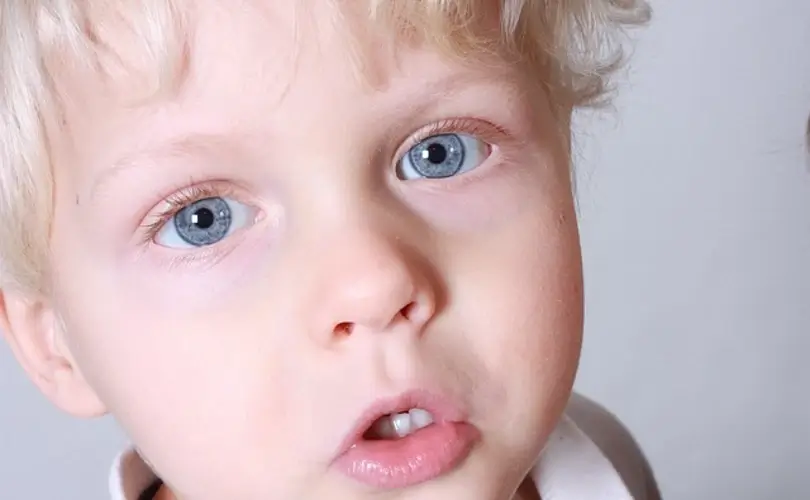Young children often have the unfortunate habit of throwing temper tantrums. Although they are a natural and expected part of a child’s development, they may be annoying and embarrassing for their parents. A wide variety of circumstances can trigger children’s outbursts of rage.
Explanations
Frustration: When children feel irritated, they could throw a tantrum to express their anger or dissatisfaction with the situation. This may occur if they are prevented from doing something they want to do, if they are told no, or if they are experiencing feelings of being overwhelmed. The likelihood of youngsters having temper tantrums increases when they are fatigued. Sleepy children are more inclined to act out. This is because they need more patience and become more frustrated more quickly.
Hunger: Hungry Children may also be more likely to throw tantrums when they are already more likely to. This is because they are not feeling well and are unable to think effectively as a result.
Children are more likely to engage in disruptive behavior in an attempt to garner attention when they are bored. This can cause a child to have a tantrum. Children may throw a fit if they are experiencing sensory overload, which is when they feel overwhelmed by the environment around them. This may occur if they are in a loud or busy setting or exposed to bright lights or images that flash quickly.
Children with developmental delays may have difficulty expressing their wants and feelings due to problems communicating their condition. As a result, individuals may resort to outbursts of rage to express themselves.
An underlying medical issue: Temper tantrums can, in certain situations, indicate an underlying medical condition, such as attention deficit hyperactivity disorder (ADHD), autism spectrum disorder, or anxiety disorder. Consult your child’s pediatrician as soon as possible if you notice that they are having frequent or severe temper tantrums. They can assist you in determining the reason for the outbursts and developing a strategy to deal with them.
Dealing with Temper Tantrums
Maintaining your composure: You must keep your composure when your child throws a fit. If you allow yourself to become frustrated or irritated, the situation will deteriorate more. It is essential to refrain from caving into the child’s demands: The child will learn that throwing a tantrum is an effective way to achieve what they want if you give in to their demands while they are throwing a fit and give in to their needs.
Distract the child or change the focus of their attention: If you can divert the child’s attention or change the direction, this may help stop the child from throwing a fit.
Give the child a hug or some other form of physical comfort: If the youngster is overly anxious, giving the child a hug or some other form of material comfort can assist. Discuss the child’s emotions with them once they have calmed down. Once the child has collected themselves, discuss their emotions with them. They will be able to learn how to communicate their feelings more constructively as a result of this.
It is essential to establish boundaries and consequences for unacceptable behavior. It is vital to set boundaries and consequences for inappropriate behavior. The child will quickly understand that throwing tantrums is not tolerated due to this. If your child still throws frequent or severe temper tantrums after you have tried all of these techniques, you must seek the assistance of a trained professional. A therapist can assist you and your kid develop strategies for handling challenging behaviors, such as temper tantrums.
Remember that temper tantrums are a natural part of the development process for children. You may teach your child how to develop suitable coping mechanisms for their feelings by showing them tolerance and understanding as they go through the process.

